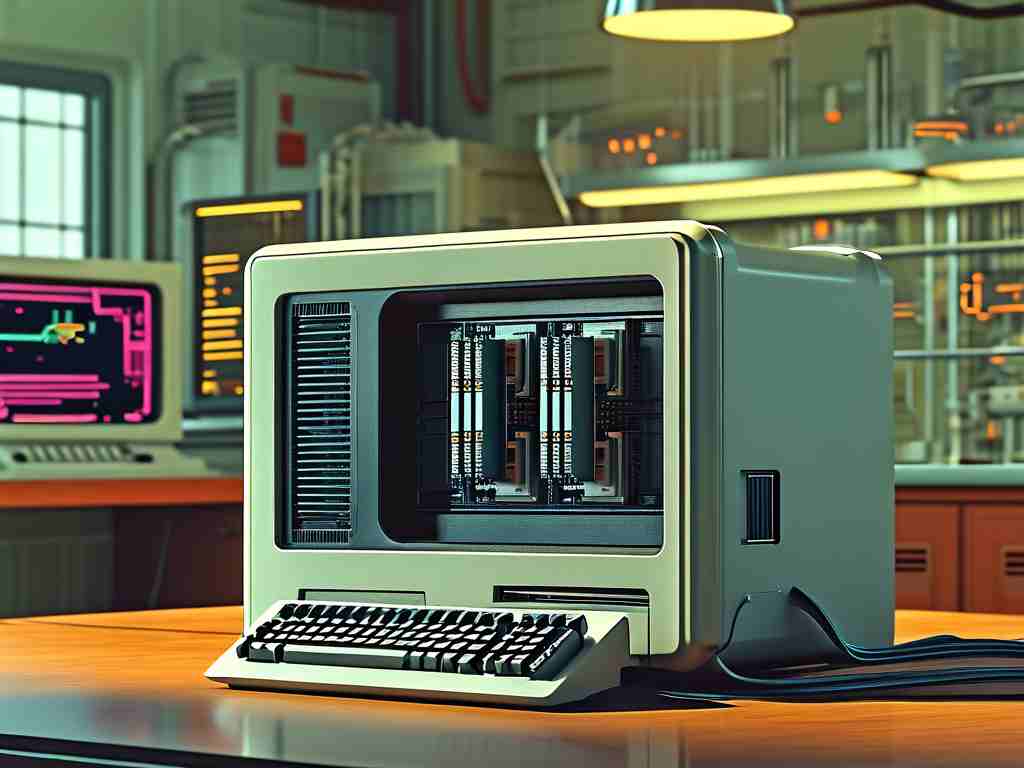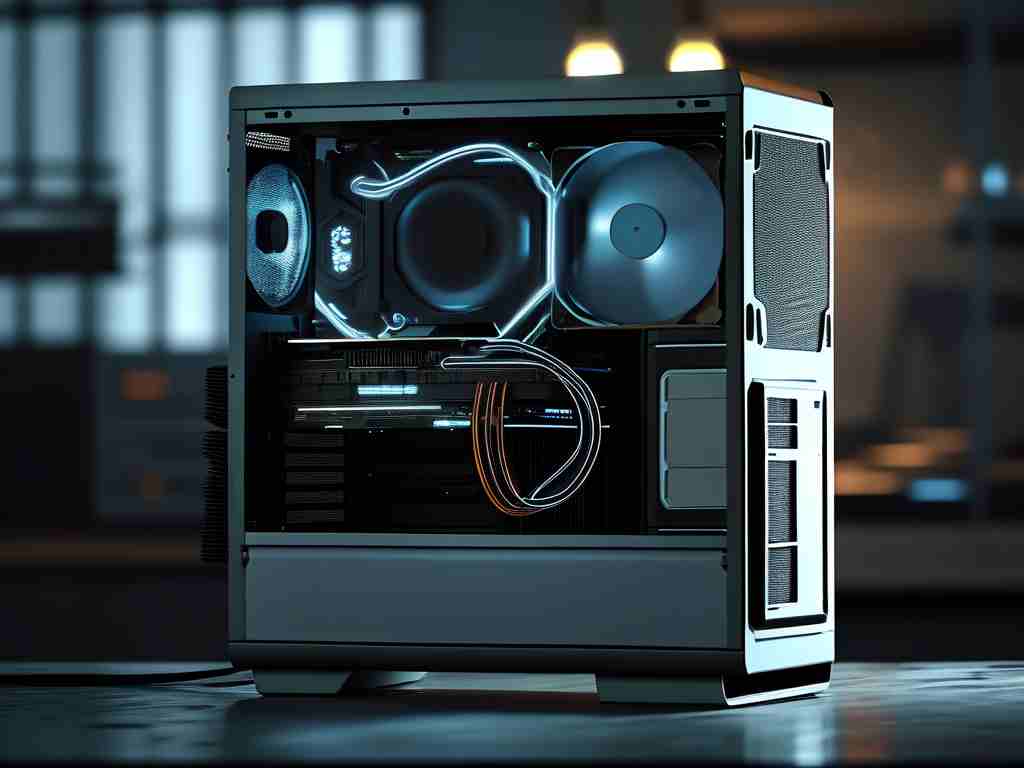In today's rapidly evolving tech landscape, many users face a critical challenge: computer systems with non-expandable memory configurations. This design trend, increasingly common in ultrabooks and all-in-one devices, presents unique obstacles for both casual users and professionals.

The primary culprit behind this limitation lies in modern manufacturing techniques. To achieve slim profiles, manufacturers are soldering RAM modules directly onto motherboards. Apple's M-series MacBooks and Microsoft's Surface Pro lineup exemplify this approach, sacrificing upgradability for compactness. This creates a paradox – devices become physically smaller but computationally constrained over time.
When memory reaches its ceiling, symptoms manifest through tangible performance hits. Users experience application freezes during complex tasks like video rendering or data analysis. Background processes that once operated seamlessly begin competing for limited resources, causing system-wide slowdowns. Chrome browser tabs – notorious memory consumers – might crash unexpectedly, while file compression tasks take exponentially longer to complete.
Software optimization emerges as the first line of defense against memory constraints. Developers can implement memory-efficient coding practices like:
# Example of memory-conscious data processing
def process_large_file(file_path):
with open(file_path, 'r') as f:
for line in f:
process(line) # Process line-by-line instead of loading entire file
This streaming approach prevents massive memory allocation when handling large datasets.
For end-users, practical workarounds exist. Virtual memory configuration allows systems to use SSD space as temporary RAM, though at reduced speeds. Windows users can adjust this through:
- System Properties > Advanced > Performance Settings
- Advanced tab > Virtual Memory Change
Cloud-based solutions present another viable path. Services like AWS CloudShell or browser-based IDEs shift computational heavy lifting to remote servers. A graphic designer might offload 4K video editing to cloud workstations while maintaining basic editing capabilities locally.
External hardware alternatives continue evolving. Thunderbolt-connected RAM expanders, though still niche, demonstrate promising results in lab environments. These devices function similarly to external GPUs, providing additional memory through high-speed interfaces. Early benchmarks show 15-20% performance improvements in memory-intensive tasks.
The environmental impact of non-upgradable systems warrants consideration. Forced obsolescence due to memory limitations contributes significantly to e-waste. A 2023 EPA report indicates that 40% of discarded laptops stem from inadequate hardware specs rather than actual device failure.
Looking ahead, memory management innovations may mitigate these challenges. Microsoft's upcoming "Smart Alloc" technology promises dynamic memory reallocation between integrated GPU and CPU components. Quantum computing developments hint at future systems where memory boundaries become fluid rather than fixed.
For immediate solutions, users should:
- Conduct thorough memory audits using tools like macOS Activity Monitor or Windows Task Manager
- Prioritize lightweight software alternatives (VS Code over full IDEs, SumatraPDF instead of Adobe Reader)
- Implement regular system maintenance routines (disk cleanup, startup program management)
As manufacturers balance form factor with functionality, informed consumers must weigh portability against long-term usability. While current solutions aren't perfect, understanding these workarounds empowers users to maximize their device's lifespan despite inherent memory constraints.







